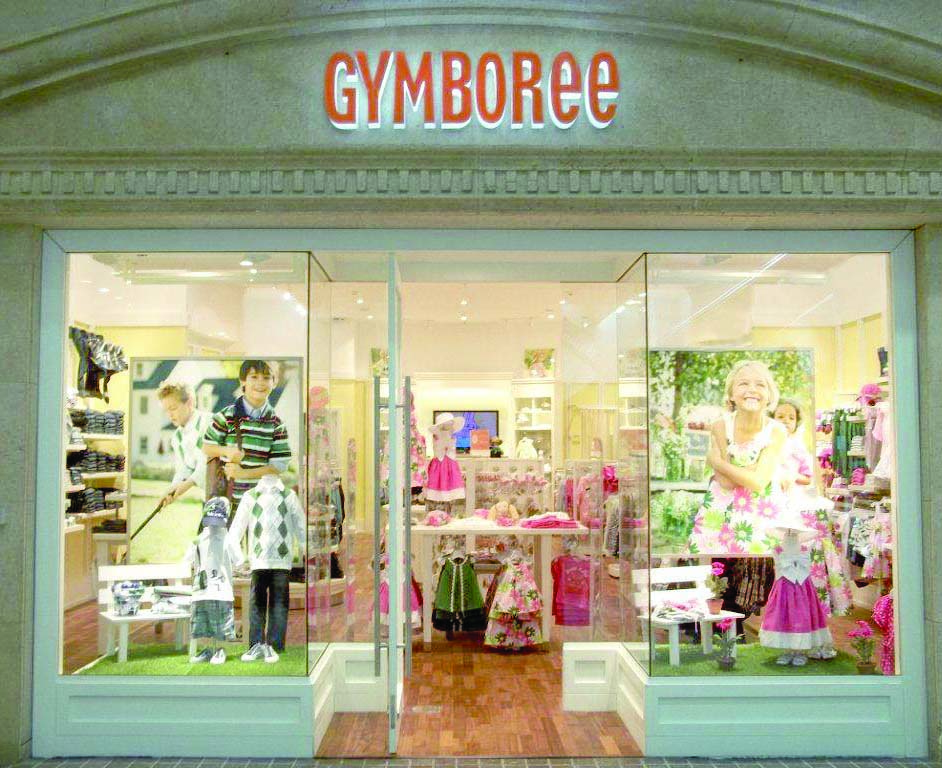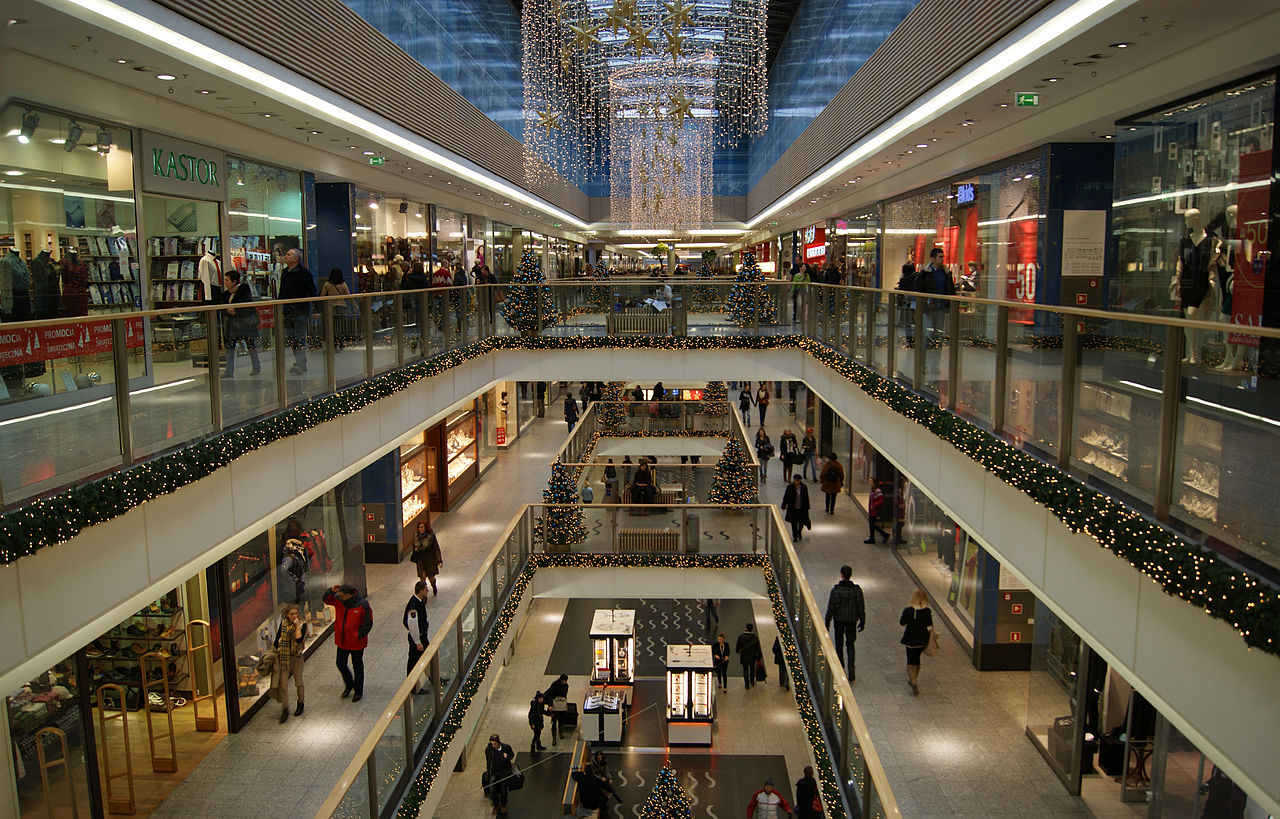
Gymboree Files for Chapter 22 and Plans to Liquidate
On January 16, 2019, Gymboree Group, Inc. and 10 affiliated debtors (collectively, “Debtors” or “Gymboree”) filed chapter 11 in the United States Bankruptcy Court for the Eastern District of Virginia (Richmond Division). On January 17, 2019, Gymboree, Inc. commenced a parallel proceeding in Canada under subsection 50.4(a) of the Bankruptcy and Insolvency Act (Canada).
The Debtors own a portfolio of three high-quality children’s clothing and accessories brands, Gymboree®, Janie and Jack® and Crazy 8®, and operate 45 specialty retail stores that sell their brands. They also wholesale their brands to third-party merchants and franchise their stores in international markets.
Gymboree intends to use the U.S. and Canadian insolvency proceedings to facilitate an orderly wind-down of all its Gymboree® and Crazy 8® stores, while continuing to pursue a going-concern sale of its Janie and Jack® business and the sale of its intellectual property and online platform.
In order to pay for the costs of the sale and administration of their bankruptcy cases, the Debtors obtained $30 million in DIP funding from certain of its prepetition lenders.
According to Gymboree’s Chief Restructuring Officer, in 2017, the Debtors believed that the fresh start given in their prior bankruptcy cases positioned them to service their debt and invest in their business. But, the unanticipated degree of decline of the brick-and-mortar retail industry, among other factors, made it increasingly difficult for the Debtors to support their cost and capital structure.
History
In 1986, the first Gymboree retail store opened in California, and in 1997, www.Gymboree.com was launched. Around the same time, Gymboree commenced an initial public offering and its common stock began to trade publicly. Gymboree continued to grow throughout the 2000s, generating strong sales that continued through the post-recession period.
In October 2010, Gymboree was acquired by Bain Capital Private Equity, LP for approximately $1.8 billion. Post-acquisition, Gymboree initiated an expansion of its brands into China, South Korea, Australia, and parts of Latin America to increase its global footprint. At its height, Gymboree had approximately 1,300 company-operated stores and outlets globally.
In 2016, Gymboree also began wholesaling (i.e., selling inventory in bulk quantities) their brands to larger merchants.
Prior Bankruptcy
Gymboree faced a competitive retail environment made more challenging by a shift away from traditional shopping at brick and mortar stores towards a more online-centric platform. With an underdeveloped online presence, increasing competition, and too little foot traffic in its retail stores, Gymboree’s inability to achieve anticipated growth, coupled with a highly leveraged balance sheet, resulted in mounting losses and dwindling liquidity.
By the second quarter of 2017, Gymboree concluded that it needed to close a large number of its underperforming stores, restructure its balance sheet, and bring in significant new capital.
Having negotiated the material terms of the proposed reorganization, on June 11, 2017, Gymboree commenced its prior chapter 11 cases. On September 7, 2017, the Bankuptcy Court confirmed Gymboree’s prenegotiated plan, pursuant to which it shed almost $1 billion in debt, raised $80 million through a rights offering, and obtained a $285 million exit facility. Gymboree emerged from its prior cases with a substantially less leveraged capital structure and significantly reduced store count.
Post-Bankruptcy Performance
Gymboree worked diligently throughout late 2017 and 2018 to identify and implement steps to further improve its financial performance. Those steps included the introduction of new marketing programs and ongoing efforts to either improve performance at, or close and exit, newly identified underperforming store locations.
Nevertheless, Gymboree continued to face significant operational challenges. The brick and mortar retail children’s clothing industry remained highly competitive, including the entry of big-box retailers that sell children’s clothing at increasingly cheaper prices. Furthermore, the industry-wide trend of commerce moving to online channels resulted in shrinking in-store profit margins and declining profitability for Gymboree, as well as a larger-than-expected decline in its retail sales volumes in brick and mortar stores.
Separately, Gymboree’s wholesale platform, which facilitates the sale of large quantities of merchandise to bulk retailer, performed below expectations.
As a result, despite its 2017 restructuring, Gymboree continued to incur significant losses from operations. The decline in revenue and rise in merchandising costs outpaced Gymboree’s ability to reduce its fixed cost structure. By the beginning of the fourth quarter of 2018, Gymboree determined that more than half of its store locations were operating at a negative cash flow.
Second Bankruptcy
In October 2018, the Debtors retained an investment banker, a restructuring and financial advisor, and restructuring counsel to explore strategic alternatives. Together, the Debtors and their advisors analyzed the Debtors’ capital structure and potential sources of liquidity to enable the operational changes necessary to reduce the burdensome operational costs associated with their brick and mortar footprint, including various restructuring and recapitalization options.
While the Debtors attempted to raise new prepetition financing and offered all of their assets for sale, they were unable to obtain any firm offers to finance, purchase or recapitalize their entire business or the Gymboree or Crazy 8 brands, standing alone, on a going concern basis.
The Debtors have obtained a stalking horse bid from Special Situations Investing Group, Inc. for its Janie and Jack business and its intellectual property and e-commerce platform. The stalking horse bid is in the amount of a $85 million. Notwithstanding the bid, which contains no bid protections, the Debtors intend to conduct a competitive auction for their going concern assets.
As for their remaining non-Janie and Jack stores, the Debtors plan to conduct going-out-of business sales, which are expected to yield approximately $155 million in net proceeds.
One thing is clear. The Gymboree of the past will be gone shortly.





